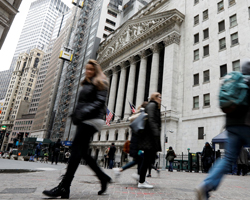Global Markets Face Volatility as Debt Ceiling Deadline Approaches and Economic Concerns Mount | Daily Market Analysis

Key events:
- New Zealand - RBNZ Interest Rate Decision
- New Zealand - RBNZ Rate Statement
- New Zealand - RBNZ Press Conference
- UK - CPI (YoY) (Apr)
- UK - BoE Gov Bailey Speaks
- UK - Crude Oil Inventories
- Eurozone - ECB President Lagarde Speaks
- USA - FOMC Meeting Minutes
As the deadline for the US debt ceiling looms closer on June 1st, and with no progress made by US policymakers in reaching a deal, European markets lack the motivation to rise. Both the DAX and CAC 40 have experienced a consecutive second-day decline.
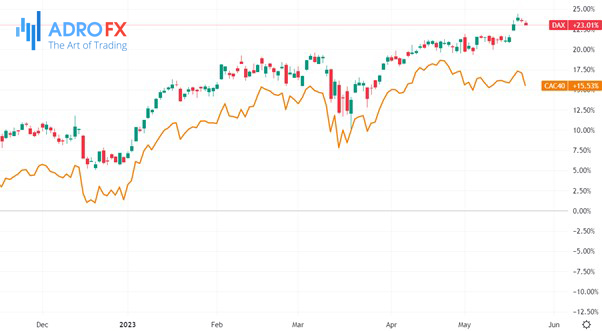
The FTSE 100 is showing stronger performance, driven by positive gains in commercial real estate and energy sectors. The higher oil price, following a warning from the Saudi oil minister against overly bearish price expectations, has contributed to this growth. However, the basic resources sector is exerting a negative influence due to a less optimistic outlook narrative.
As discussions surrounding the debt ceiling continue and the clock ticks closer to the deadline without an agreement in sight, US markets are beginning to retreat. Concerns over interest rates and a slowing economy are gaining momentum, leading to a stronger US dollar and higher yields, which are starting to impede risk appetite.
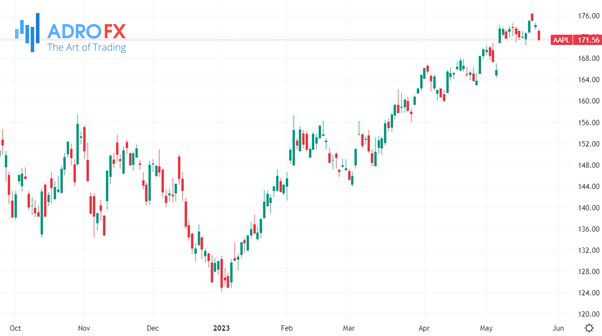
Following the announcement of a multibillion-dollar chip deal with Broadcom, Apple shares have experienced a decline, while the chipmaker's shares have reached new record highs. Additionally, PacWest shares are continuing their upward trajectory, building upon the 20% gains witnessed yesterday, which were driven by the sale of $2.6 billion in real estate loans.
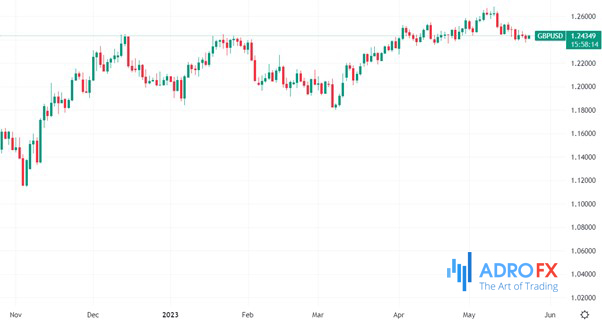
The pound has weakened following the release of the latest UK public sector borrowing figures for April, which surged to £25.6 billion, marking the second-highest April number ever recorded. Debt interest payments accounted for £9.8 billion of the total, while energy support schemes incurred expenses of £3.9 billion, and net social benefits increased by an additional £4.5 billion, bringing the total to £25.4 billion for the month. April's tax receipts decreased to £69.7 billion, down from £72.4 billion compared to the previous year.
On a more positive note, the International Monetary Fund (IMF) has upgraded its forecasts for the UK, indicating that the economy is no longer expected to be in a recession. This marks the third time this year that the IMF has revised its outlook. The IMF now projects a 0.4% growth rate for the UK economy this year and suggests that it will no longer be the worst-performing economy among the G7 countries.
While the government may find political benefit in the IMF's change of outlook and its more optimistic tone, it highlights the challenges faced by economic organizations in accurately forecasting inflation, GDP, and interest rate increases. The pound's decline may also be influenced by the anticipation of tomorrow's inflation figures, with expectations of a significant drop in the headline Consumer Price Index (CPI). However, the impact of higher food prices could potentially limit the extent of the pound's decline.
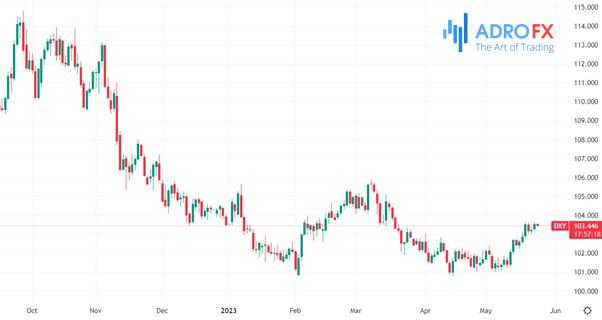
Meanwhile, the US dollar is once again strengthening, supported by higher yields on the US 2-year Treasury yield, which is pushing it towards recent highs against the euro, trading below 1.0800.

Although there has been a correction in the EUR/USD exchange rate, with a decline from approximately 1.11 to 1.08, the overall net speculative long positioning on the euro remains at an elevated level. This situation poses a potential risk for EUR/USD to potentially reach the 1.05 level under certain conditions. These conditions could include widespread speculation regarding additional rate hikes by the Federal Reserve (currently, only a 10 basis point hike is priced in), or a severe disruption in US money markets if the US Treasury approaches an unprecedented default on its debt.

Gold prices have declined for the third consecutive day, primarily influenced by a stronger US dollar and higher yields. Market sentiments are increasingly factoring in the possibility of interest rates remaining elevated for an extended period, which adds pressure on gold prices.

